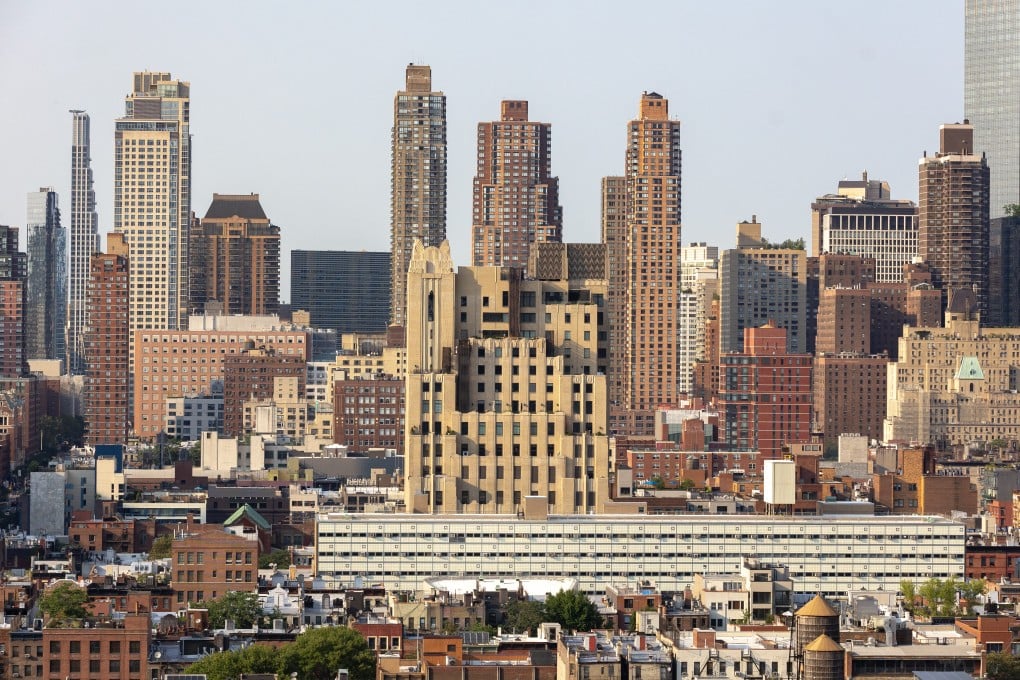Macroscope | Why asset inflation could be the real danger, not higher consumer prices
- Three factors have been driving US inflation – energy prices, production bottlenecks and aggressive stimulus programmes
- But as these risks subside in the next two to three quarters, investors cannot afford to be complacent, given the dangerously high equity valuations and hot property markets

Businesses, investors and central bankers have all been warning about the risk of inflation since the global economy started to recover in early 2021. The widely cited concern has been that aggressive government spending and interest rates at zero would prompt a sharp spike in inflation, meaning consumers would have to pay more for everything from fuel to food.
The reality may be somewhat different. It may not be the cost of household items that rockets but, rather, the price of financial assets such as real estate. That scenario would pose a bigger challenge for policymakers and investors in the next two to three years.
The first is oil and energy-related prices, which were responsible for over 70 per cent of the increase. However, a stabilisation in oil prices, largely helped by Opec’s agreement to gradually restore production in the coming months, should mean that energy prices will play a smaller role in driving inflation going forward.
